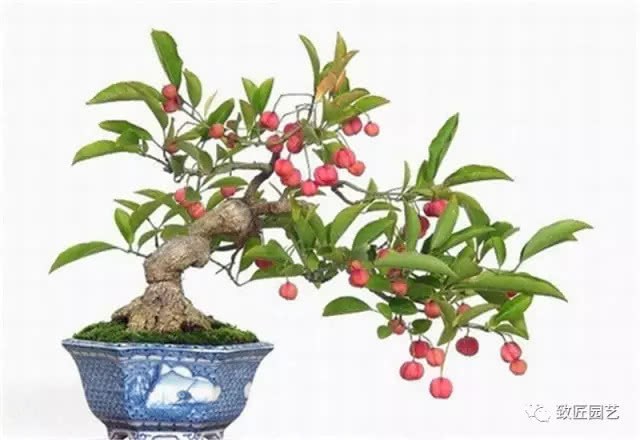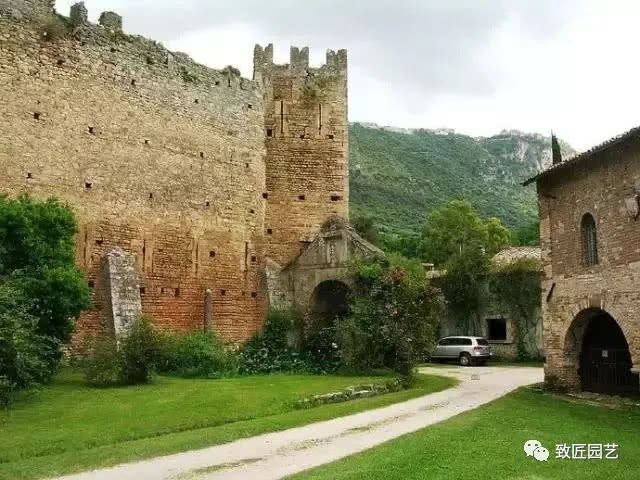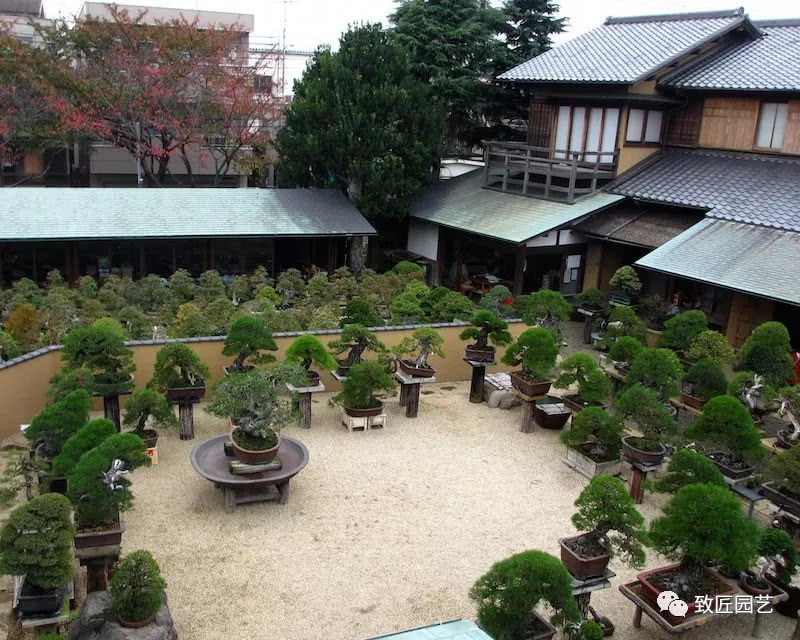What types of tree stump bonsai should be advocated?

There are many types of tree stump bonsai, and many innovative types are being born and developed. Wind type and inkstone type are innovative types, and there are many outstanding ones among many types, which have the characteristics of great difficulty, strong appreciation, strange shape, long time, great change and deeper rhyme. Such as tree mountain type, jungle type, cliff type, stone-attached type, tree-stone type, wind type, inkstone type, big tree type, water-facing type and so on. These types are more popular and should be strongly advocated in the development, utilization, selection, production and production of pile sources. Especially in the field pile selection, pay attention to the selection of this kind of pile production, pile examination process, do not easily change the pile, will be valuable pile, into mediocre pile. Pay attention to the production of this type of pile in production.
These kinds of stumps are naturally formed less in the field, and after examination, it is necessary to use greater patience, more skills, and more investment to make them out, so as to give full play to its role of appreciation, value-added, collection and inheritance.
Bonsai wants to innovate, and it is also difficult to innovate, but there are a lot of tree stump bonsai with innovative meaning and form. Wind style, inkstone type and landscape basin method are the forms of innovation and are recognized.
The water and drought style is rich in scenery, large and deep in field, which is an innovative combination of tree, stone and water in the eyes of some people. However, flood and drought bonsai has long existed in history, and ancient poetry has been recorded, but it was not popular enough in the past for various reasons. Mr. Zhao Qingquan promoted it and was the most powerful pioneer.
In the way of forming a scene, the inkstone method and the scenic pot method have a more complete innovative form. The perfect combination of the basin and the scene, there is a scene on the basin, Jingsheng basin, combined with trees, has a strong performance ability. In practice, it is not only welcomed by the general public, but also praised by professionals. The inkstone type has the application value of great promotion in the way of landscape formation. Innovations in the use of tree species include Tianshan cypress, chrysanthemum and so on. It is not difficult to innovate with tree species, but it is new to combine technological innovation with tree species innovation. For example, the grafting method can expand the utilization range of excellent tree species and form a broad way of resource utilization. It can not be said that it has no innovative significance in technology. Its early use is grafting plum on peach and grafting five-needle pine on mountain pine.
Wind style is the innovation of modeling on branches, which breaks the traditional composition of branches on both sides of the trunk, adapts the action of natural forces to the struggle of life, and is exhilarating.
The innovation in the modeling of branches and trunks takes a long time to express innovative thinking. For example, through the leaf view bone has a clear modeling method, to successfully express its production, it will take several years to achieve, at least seven or eight years, more than a few decades. Polarization modeling is a planned innovation on Qian Hezhi, which takes longer to show its innovation and is recognized by everyone.
Shu Shan style also has some innovation, which is shown in its modeling and landscape style. In the tree mountain style, the tree is expressed as a mountain, the branch is modeled as a big tree on the mountain, the pile is changed into a mountain, the branch is changed into a tree, and the upper branch is branched as a whole, which enhances the perspective three-dimensional scene, which is different from other types of expression. Tree stump freehand instead of mountain, for long-term treatment, different from the close-up treatment, changed the stump of the tree means to become a mountain flavor. Trees can be distributed at the top, foothills and hillsides, and trees can also be dealt with at the front and back of the mountain to form close-range and perspective trees to express the depth of field. A mountain tree can have straight stem, oblique trunk, curved stem, cliff, twist, wind, jungle and other forms of performance, become a museum of tree type and branch type.
There is also innovation in the way of appreciation, undress to see the bone to change the scene, is an innovation in the way of appreciation, through the leaf view, the common view of the leaf bone is not only the innovation of the way of appreciation, but also the innovation of modeling methods.
Wonderful content
- Prev

The most beautiful garden in the world: the private garden of Italian elves
Italian goddess garden! (Giardino di Ninfa), hailed as "the most beautiful garden in the world" by the New York Times, is also named the most romantic garden in the world by the BBC documentary "Global 80 Gardens."
- Next

A brief introduction to the Design of Bonsai Garden
Professional bonsai gardens tend to concentrate their most conspicuous trees in the garden and are basically at the same level as their eyes, giving tourists a chance to stare at the trees while walking. The support bar is relatively simple, so the only difficulty is to choose.
Related
- Wuhan Hospital Iron Tree Blooming Result Was Instantly Frightened by the Gardener Master
- Which variety of camellia is the most fragrant and best? Which one do you like best?
- What is the small blue coat, the breeding methods and matters needing attention of the succulent plant
- Dormancy time and maintenance management of succulent plants during dormancy
- Minas succulent how to raise, Minas succulent plant pictures
- What are the varieties of winter succulent plants
- How to raise succulent plants in twelve rolls? let's take a look at some experience of breeding twelve rolls.
- Attention should be paid to water control for succulent plants during dormant period (winter and summer)
- Watering experience of twelve rolls of succulent plants
- Techniques for fertilizing succulent plants. An article will let you know how to fertilize succulent plants.

